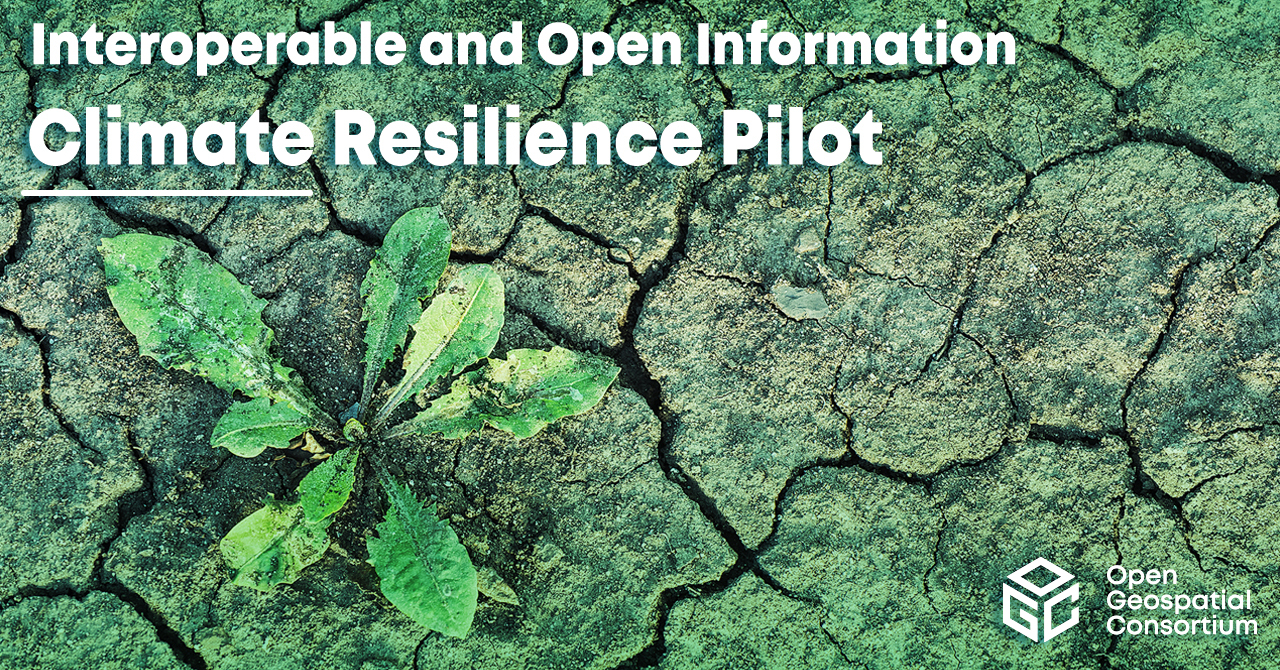Improving interoperability for climate resilience information systems
Where is the next flood looming? In which area will there soon be no drinking water? What measures must a government take to prevent the spread of a contagious disease?
Climate change and its consequences present us with major challenges. This is because all of the above scenarios are becoming more and more realistic as global warming progresses.
The goal must therefore be to make the right decisions to stop climate change. Experts from different disciplines must be able to pool their knowledge and draw the right conclusions. This is where the OGC Climate Resilience Pilot comes in. Geospatial data and modern technologies provide valuable information for decision makers, scientists, policy makers, data providers, software developers and service providers.
The goal of the project is to help the geospatial community develop more powerful visualization and communication tools. This will help better manage current climate threats such as heat, drought, floods and fires. Countries are enabled to do their part to reduce greenhouse gas emissions.
Climate resilience is often considered the use case of our lifetime, and the OGC community is uniquely positioned to accelerate solutions through collective problem solving with this initiative. In doing so, the OGC is making an important contribution to climate change mitigation, supporting the goals of the United Nations Climate Change, United Nations Convention of Combat Desertification, Group on Earth Observations and United Nations Office for Disaster Risc Reduction.
In close cooperation with the OGC Climate Resilience Domain Working Group, this pilot explores how climate change related data can be easily discovered and made available in ways that are directly usable by decision makers and other non climate experts. Anyone is invited to join the working group! OGC members can join the Climate Resilience Domain Working Group through the OGC portal. Non members can join the Climate Resilience DWG by subscribing to the mailing list here.
The following graphic illustrates what the Climate Resilience Pilot is going to achieve: The integration of lots of data sets, their processing by FAIR Climate Services that create value added products suitable for a wide range of stakeholders. During the process, the petabytes of raw data are reduced to directly usable climate information; served in various formats such as 3D visualisations, tables, or reports.
Raw Data to Information Flow:
Outcomes:
This Pilot produced the following publicly available documents:
This Engineering Report provided feedback to the Climate Resilience Domain Working Group. This feedback raised issues for the working group to address. Feedback from Pilots can instigate an update to the standard or motivate the formation of new DWG, specifications or a SWG.
